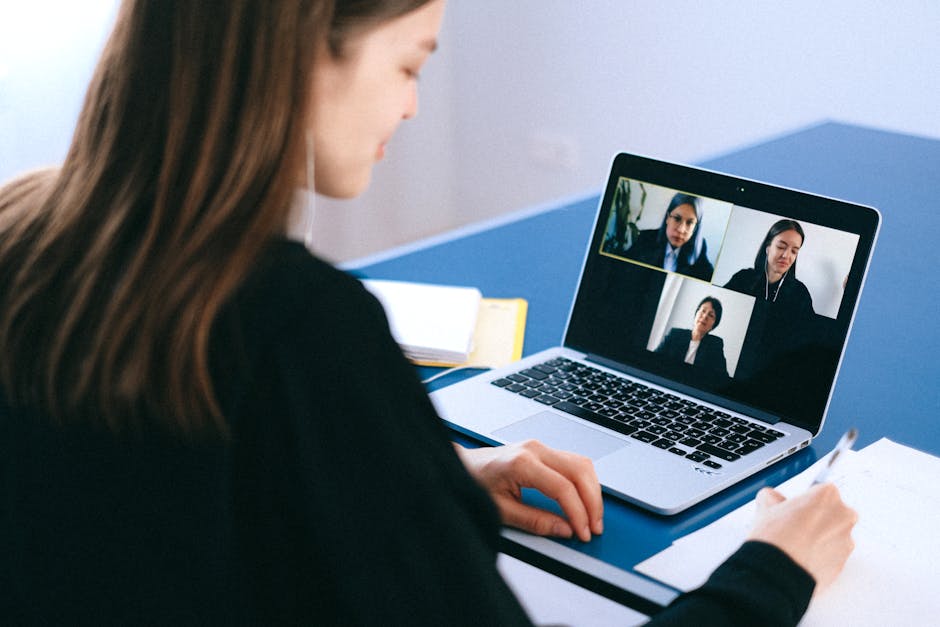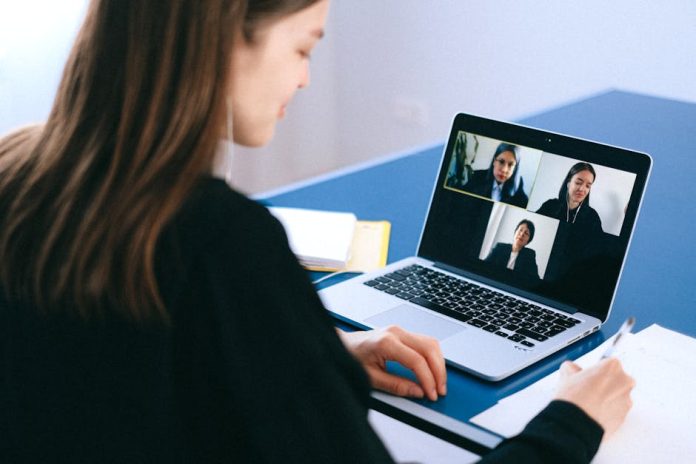
In today’s digital world, our webcams and phone cameras are more than just tools for video calls and selfies; they’re windows into our lives. Unfortunately, these windows can be accessed by malicious actors, putting your privacy and security at significant risk. This article delves into how webcam and phone camera hacking works, the potential dangers, and most importantly, how you can protect yourself.
How Webcam and Phone Camera Hacking Works
The methods hackers use to gain access to your devices are varied and constantly evolving. Here’s a breakdown of common techniques:
- Malware: This is a common culprit. Hackers can distribute malware disguised as legitimate software, attachments in phishing emails, or through compromised websites. Once installed, malware can silently activate your camera and microphone without your knowledge.
- Phishing: Tricking you into clicking a malicious link or downloading a compromised file is a classic attack vector. Phishing emails often impersonate trusted organizations to steal your login credentials, giving hackers access to your accounts and devices.
- Vulnerabilities in Software & Firmware: Software and operating systems have bugs or flaws. If not patched, these can be exploited by hackers to gain access to your devices. Regular updates are crucial.
- Spyware Apps: These malicious apps are specifically designed to monitor your activity, including accessing your camera and microphone. They are often disguised as legitimate apps and can be installed on both phones and computers.
The Dangers of Being Hacked
The consequences of having your webcam or phone camera hacked can be severe:
- Privacy Invasion: Hackers can record you without your consent, capturing intimate moments and activities. This can lead to emotional distress and reputational damage.
- Extortion: Hackers might record compromising footage and demand money in exchange for not releasing it. This is a terrifying form of blackmail.
- Identity Theft: Your stolen images and videos can be used to create fake profiles, open fraudulent accounts, or even steal your identity.
- Blackmailing: Hackers can use your personal information to intimidate you, make threats, and destroy your reputation.
How to Protect Yourself
Fortunately, there are several steps you can take to significantly reduce your risk:
- Cover Your Webcam: When not in use, physically cover your webcam with a sticker, tape, or a dedicated webcam cover. This is a simple yet highly effective measure.
- Keep Software Updated: Regularly update your operating system, web browser, and all installed applications. Updates often include security patches that fix vulnerabilities.
- Use Strong Passwords and Two-Factor Authentication: Protect your accounts with strong, unique passwords and enable two-factor authentication (2FA) wherever possible.
- Be Careful What You Download and Click: Only download software from trusted sources. Be wary of suspicious emails, links, and attachments. Always double-check the sender’s email address before clicking anything.
- Install Antivirus and Anti-Malware Software: Use reputable antivirus and anti-malware software and keep it updated. These tools can help detect and remove malicious software.
- Review App Permissions: On your phone, regularly review the permissions granted to each app. Be cautious about granting apps access to your camera and microphone if they don’t need it.
- Use a VPN: A VPN (Virtual Private Network) encrypts your internet traffic, making it more difficult for hackers to intercept your data.
- Be Aware of Red Flags: If your webcam light suddenly activates without you initiating a video call or if your phone camera is unusually active, it could be a sign of a breach.
Conclusion
Webcam and phone camera hacking is a real threat, but taking proactive steps can greatly mitigate the risks. By understanding the threats and implementing the protective measures outlined above, you can safeguard your privacy and protect yourself from cyberattacks. Stay vigilant, stay informed, and stay safe online.

